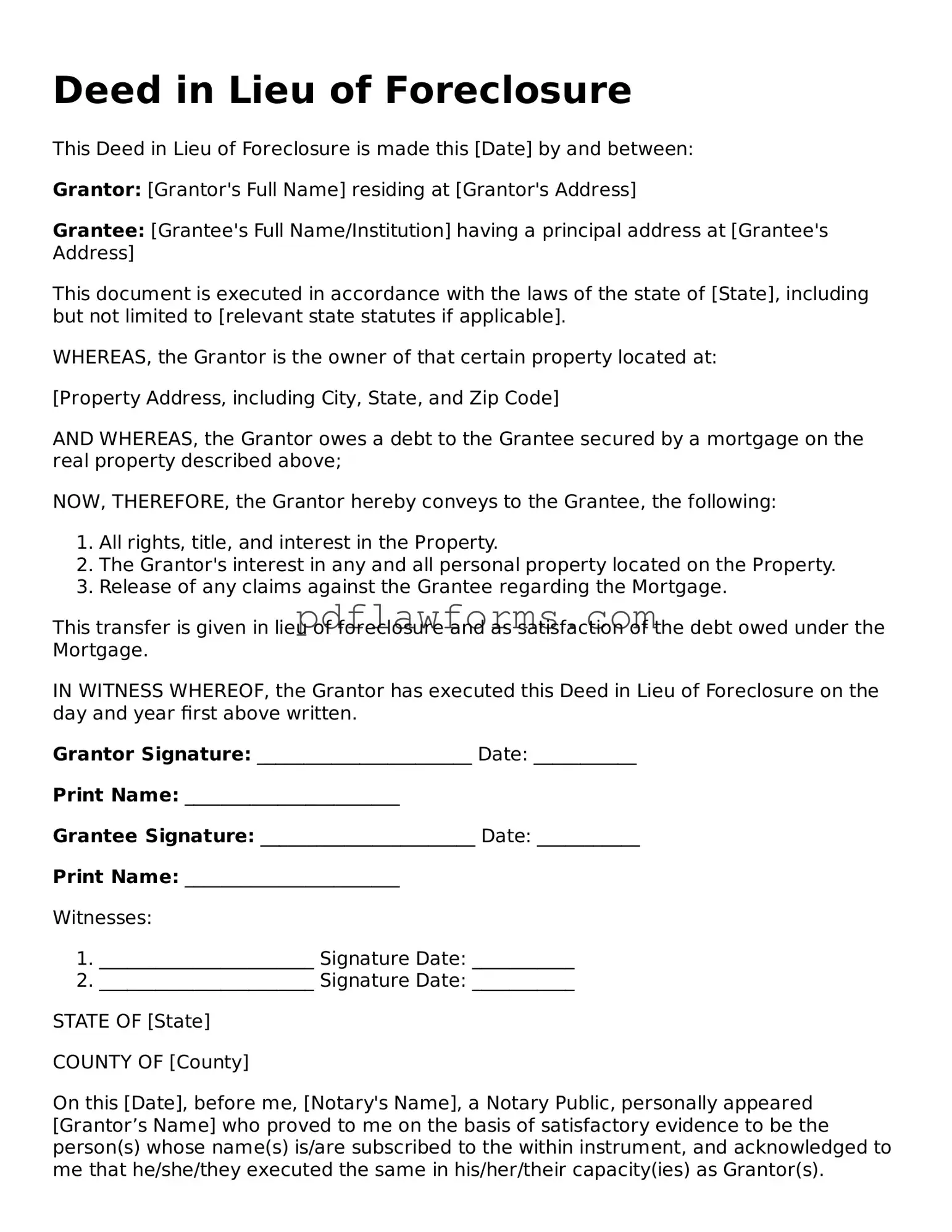Filling out a Deed form can be straightforward, but mistakes can easily occur. One common mistake is not including the correct names of the parties involved. It is essential that the names match the legal documents. Any discrepancies can lead to issues later on.
Another frequent error is the omission of the property description. A clear and accurate description of the property is necessary. This includes details like the address and any specific identifiers. Without this information, the Deed may not be valid.
People sometimes forget to sign the Deed. A signature is a crucial part of the document. If the Deed is not signed, it cannot be enforced. Additionally, witnesses may be required, depending on state laws. Failing to have the necessary witnesses can invalidate the document.
Inaccurate dates are another mistake that can occur. It is important to include the correct date of execution. An incorrect date can lead to confusion about when the transfer of ownership took place.
Some individuals do not check the notary requirements in their state. Many states require a notary public to witness the signing of the Deed. Not having this notarization can create problems when trying to record the Deed.
People sometimes use vague language in the Deed. It is important to be clear and specific about the terms of the transfer. Ambiguous language can lead to misunderstandings or disputes in the future.
Another mistake is not considering tax implications. Certain transfers may have tax consequences that need to be addressed. Ignoring these can lead to unexpected financial burdens later on.
Failing to record the Deed with the appropriate government office is a common oversight. Recording the Deed is essential to make the transfer official. Without this step, the transfer may not be recognized legally.
Lastly, individuals may overlook the importance of seeking legal advice. While it is possible to fill out a Deed form independently, consulting with a legal professional can help avoid pitfalls. They can provide guidance and ensure that all necessary steps are taken.
